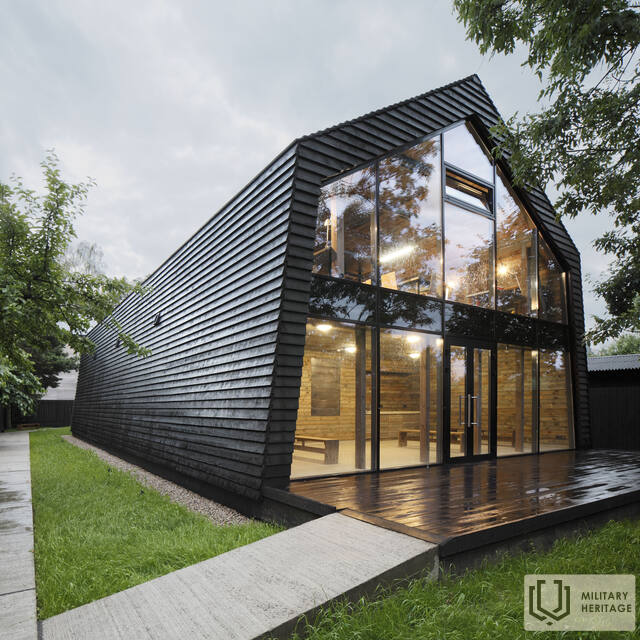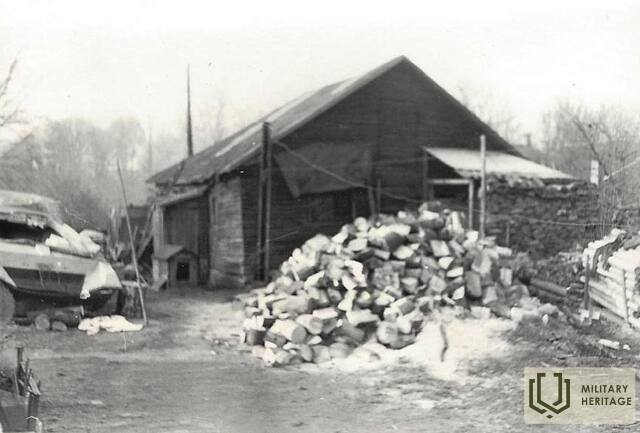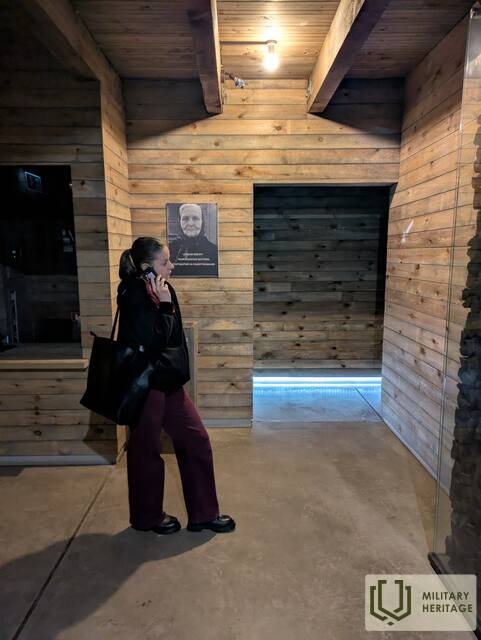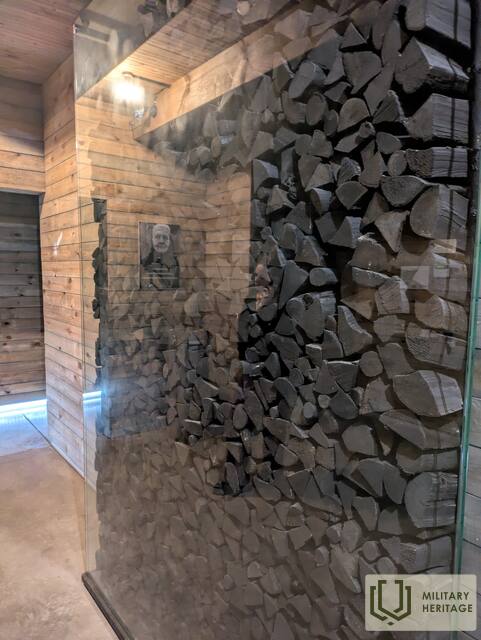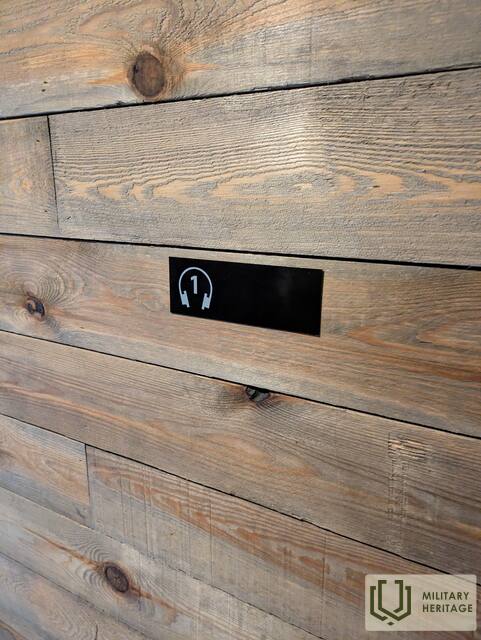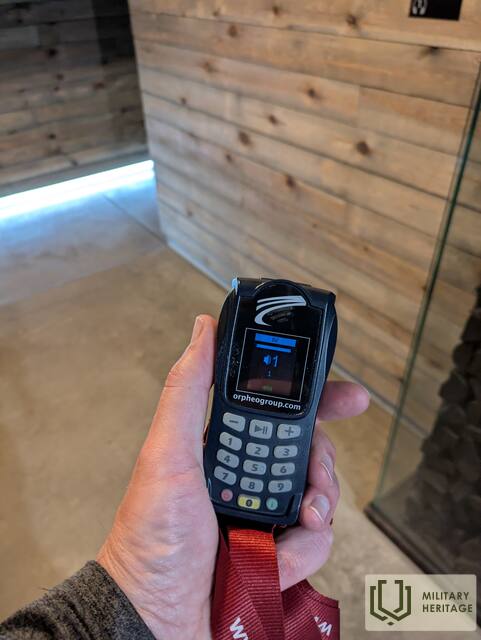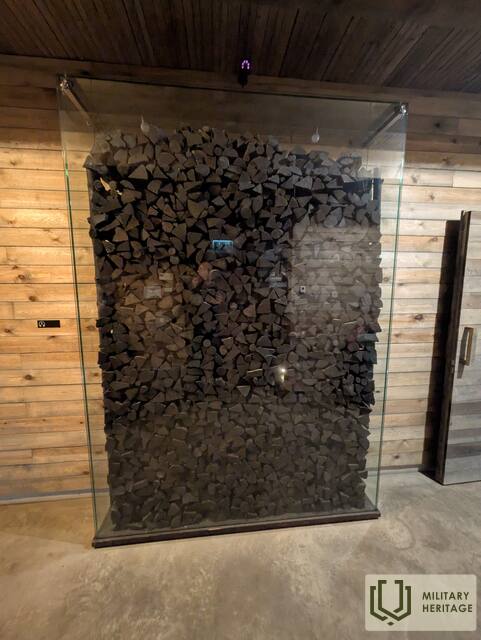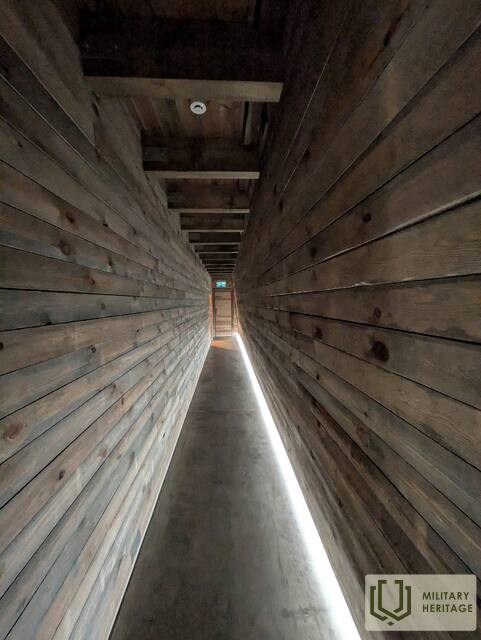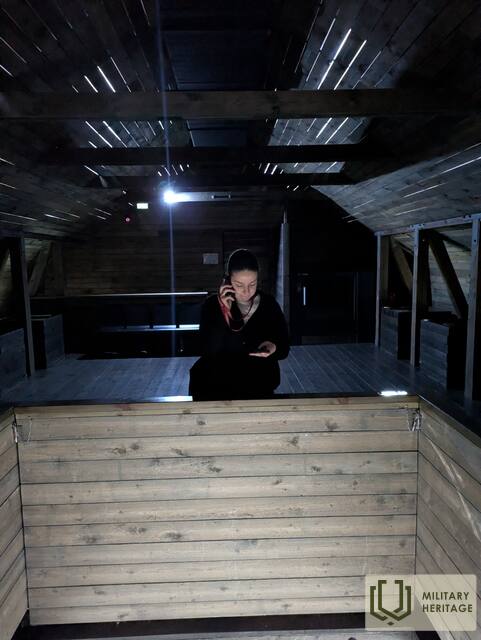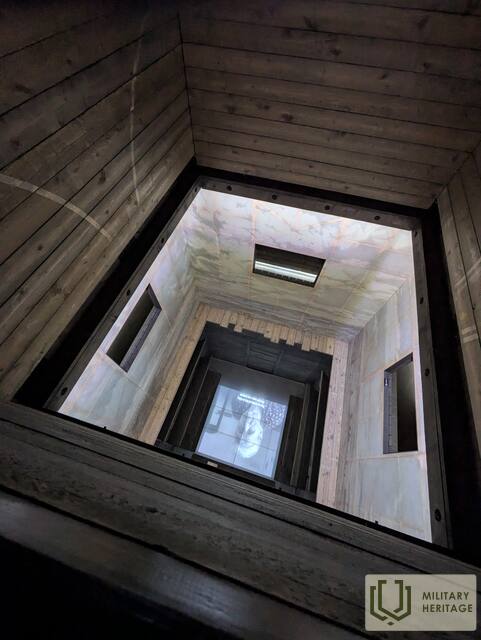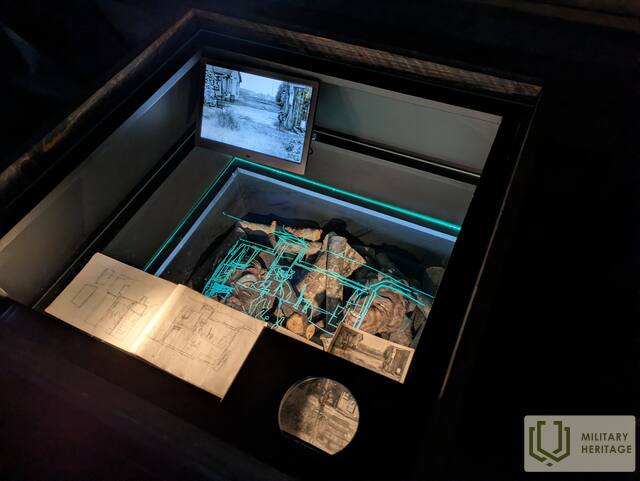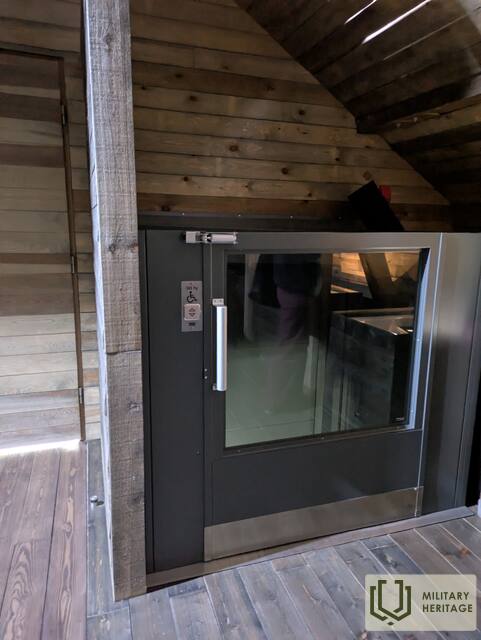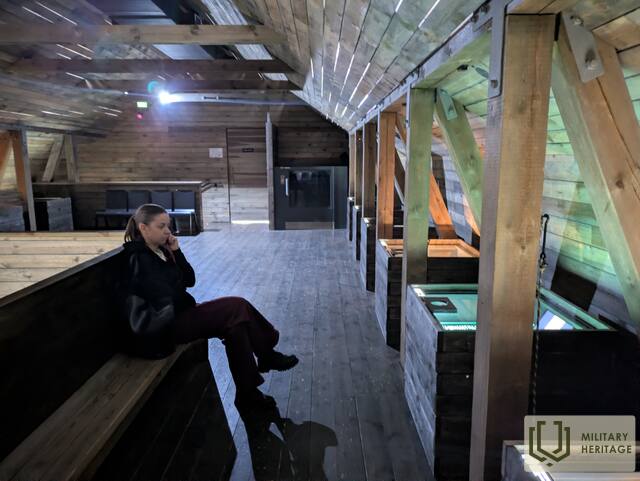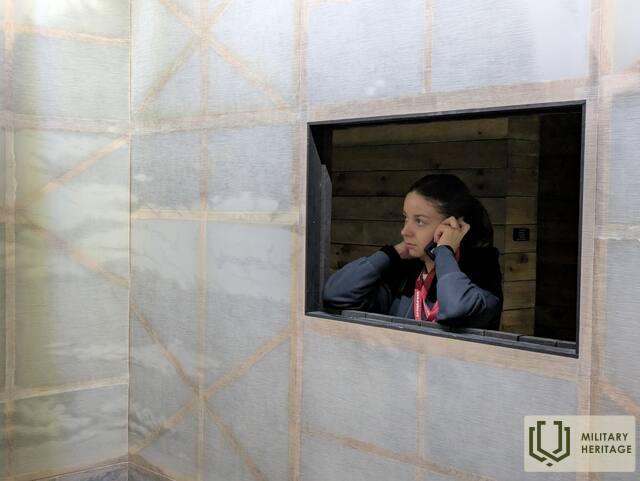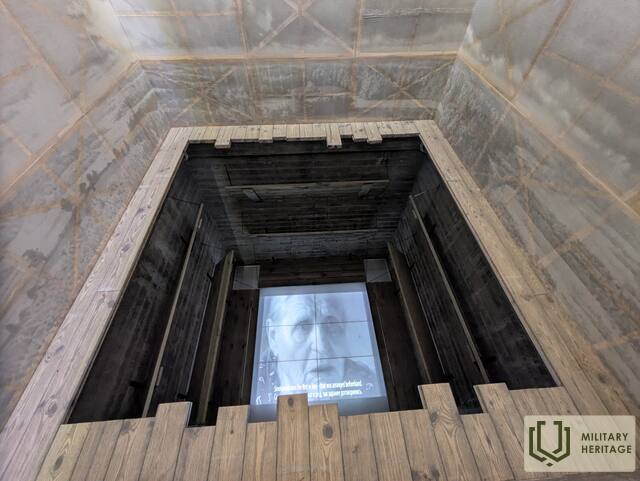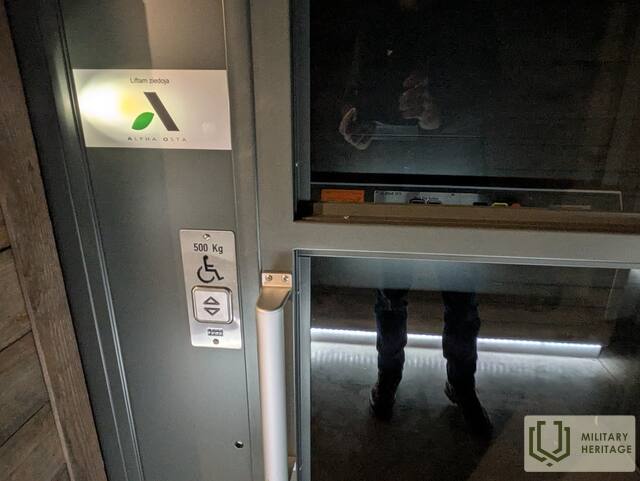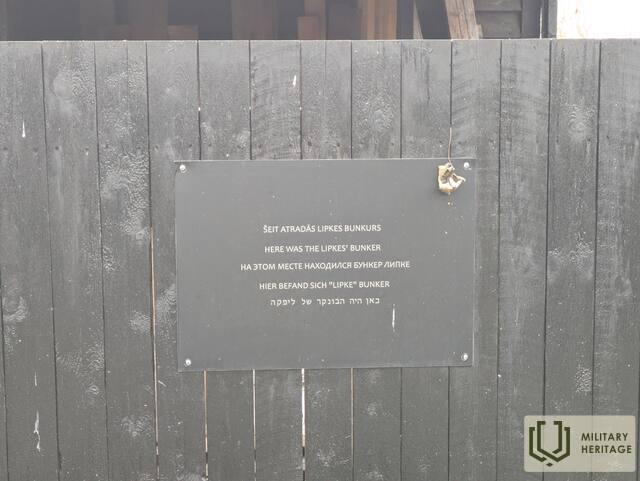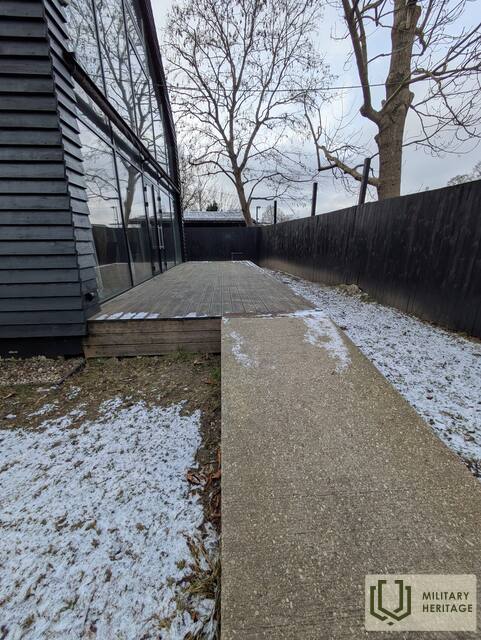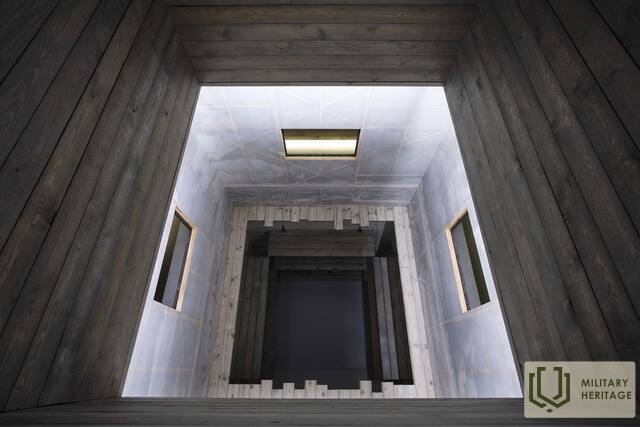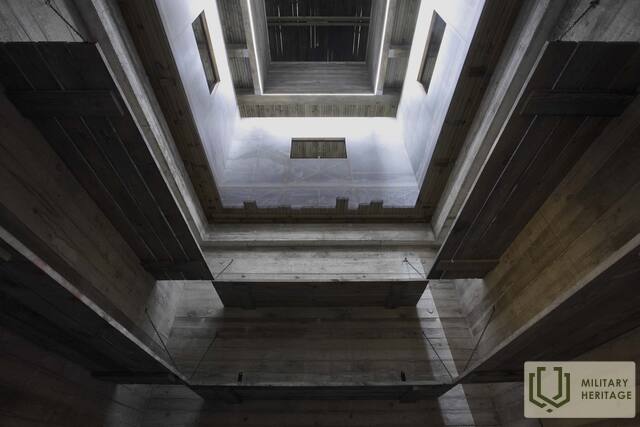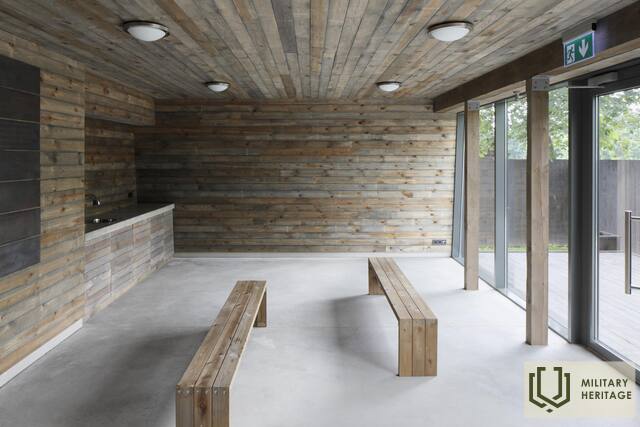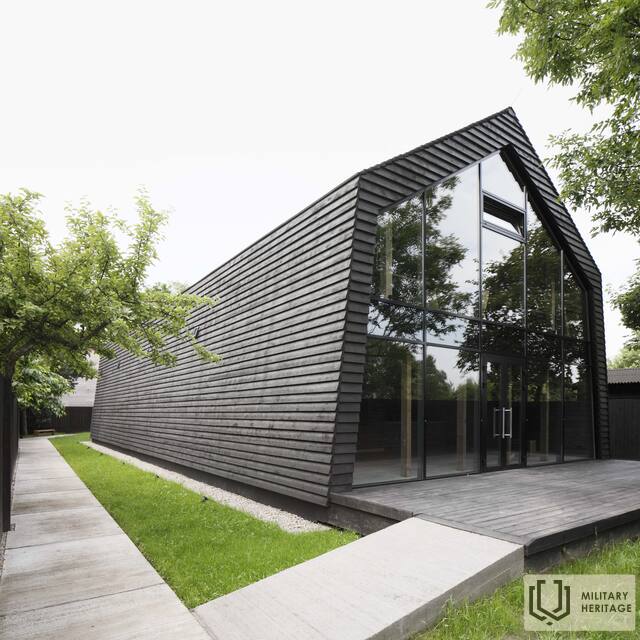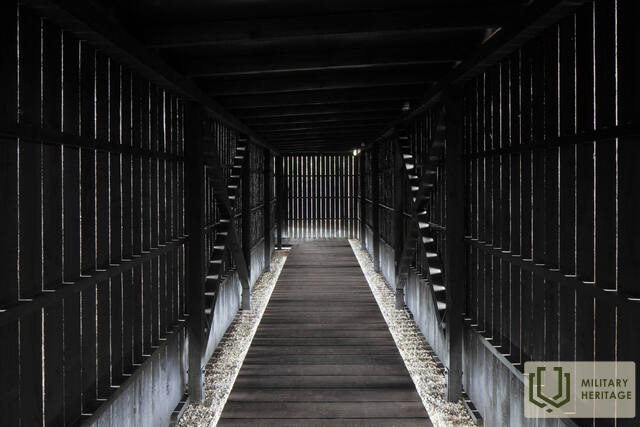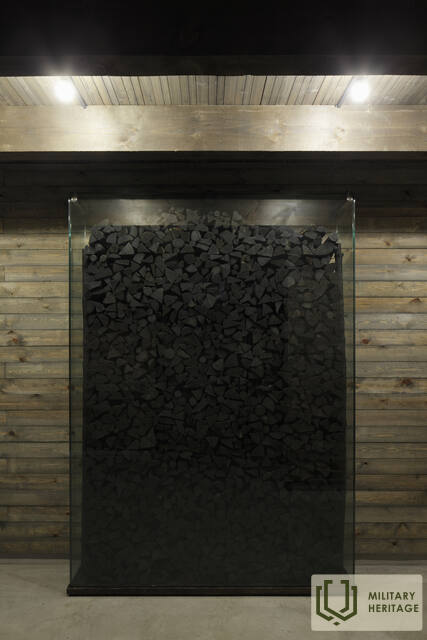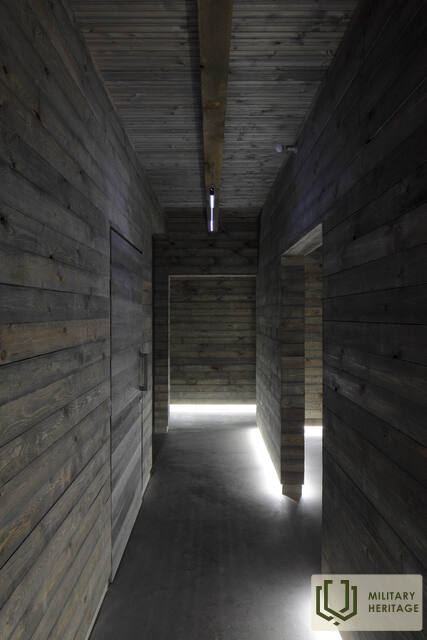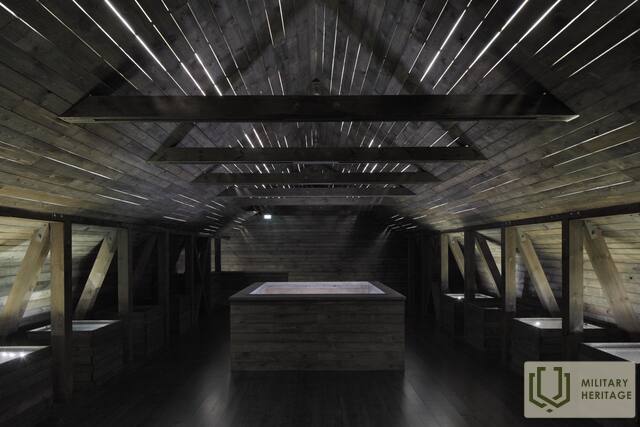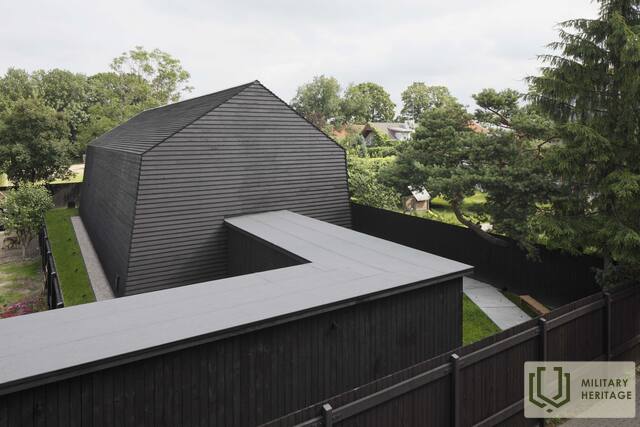Žanio Lipkės memorialas Muziejus

Žanio Lipkės memorialas yra Kipsaloje, Rygoje. Žanio Lipkės muziejus yra bene vienas labiausiai paslėptų muziejų Rygoje. Nesuprantama memorialo vieta nėra atsitiktinumas ir turi simbolinę reikšmę. Jis įrengtas buvusios požeminės slėptuvės, kuri buvo sukurta žmonėms gelbėti Antrojo pasaulinio karo vokiečių okupacijos metu, vietoje. Čia Žanis Lipke ir jo šeima išgelbėjo 55 žydus. Šiandien memorialas pastatytas šalia Žanio Lipkės šeimos namo. Memorialas „Juodasis tvartas“ yra simbolinis pastatas, kuriame buvo teikiama ir priimama prieglauda. Pastato dizainas buvo paimtas iš istorinių Kipsalos žvejų ir jūreivių degutu dengtų trobelių. Šios trobelės buvo pastatytos naudojant baržų medžiagas, todėl jos turėjo labai savitą spalvą ir deguto kvapą. Tačiau unikali ne tik šios istorinės vietos istorija. Taip pat pastebimas ir tai, kaip muziejus perteikia savo žinią. Bendras dizainas panašus į Biblijoje aprašytą Nojaus arką, be to, jis primena į krantą ištrauktą ir apvirtusią valtį – valtį, kuri atliko savo užduotį. Šio memorialo koncepcija kyla iš šios vietos ir istorijos istorinio tikslumo bei su ja susijusių liudijimų. Tai istorija apie laisvės troškimą, neįtikėtiną pabėgimą ir pasitikėjimą. Pakeliui į muziejų taip pat galėsite pamatyti istorinius Pardaugavos pastatus.
Panaudoti šaltiniai ir literatūra:
Oficiali Žanio Lipkės muziejaus svetainė. Prieiga per internetą: https://lipke.lv/muzejs/par-memorialu/ [žiūrėta 2021-03-01].
Dribins, L. Ēbreji Latvijoje (Antras papildytas leidimas). Ryga: Elpa, 2002 m.
Susijusi laiko juosta
Susijusi istorija
Prisiminimai apie Žanį Lipkę
Po sovietų okupacijos sekė vokiečių okupacija. Naciai vykdė nusikaltimus prieš Latvijos gyventojus. Viena iš šių etninių grupių buvo žydai. Iš pradžių buvo įkurti getai, bet vėliau sekė žydų naikinimas. Daugelis latvių gelbėjo žydus nuo sunaikinimo. Vienas iš jų buvo Žanis Lipkė.
Rygos getas ir Holokaustas
Sąmoningai buvo pasirinkti trijų skirtingų žmonių memuarų fragmentai, leidžiantys atidžiau pažvelgti į Holokausto nusikaltimą iš skirtingų perspektyvų.




